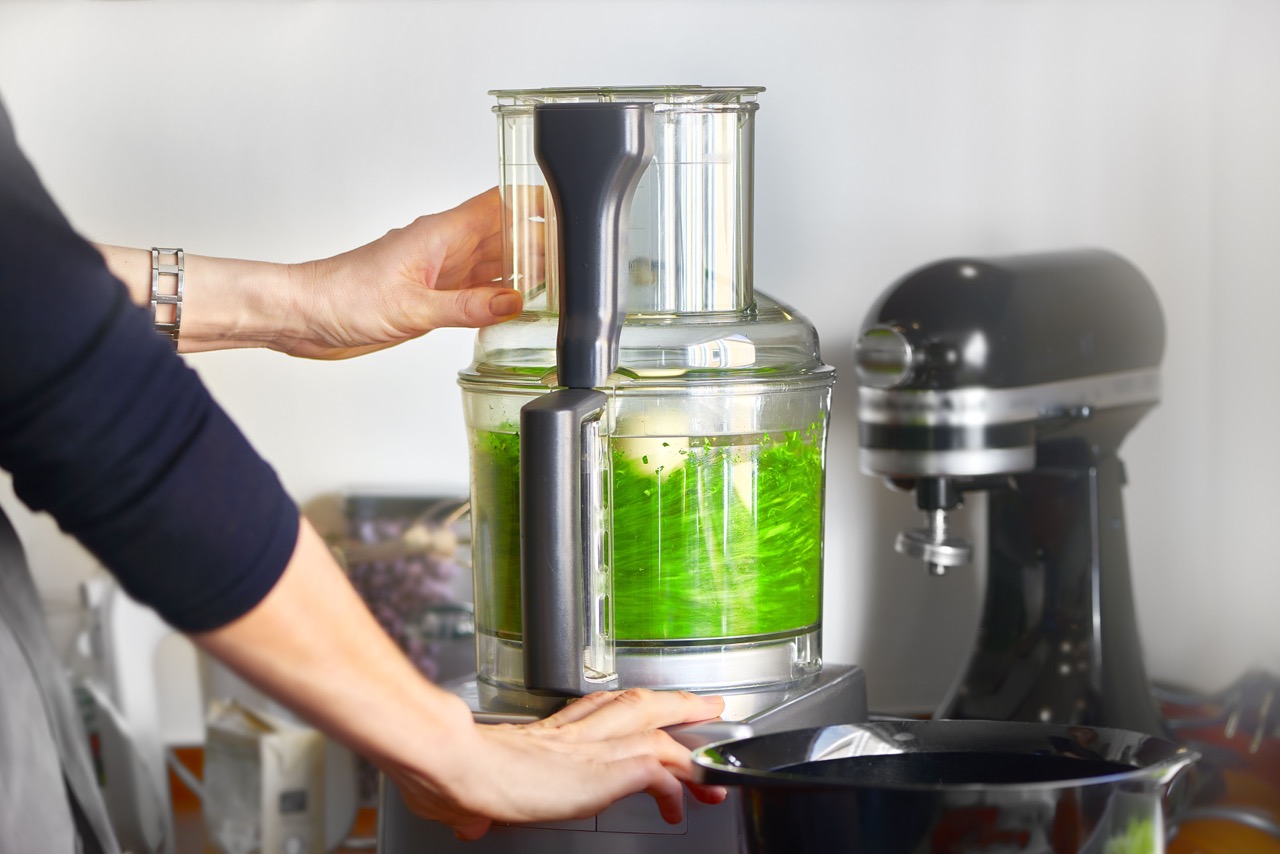

Articles
What Can I Use Instead Of A Food Processor
Modified: February 26, 2024
Looking for alternatives to a food processor? Check out our informative articles that explore different kitchen tools and gadgets that can be used instead.
(Many of the links in this article redirect to a specific reviewed product. Your purchase of these products through affiliate links helps to generate commission for Storables.com, at no extra cost. Learn more)
Introduction
In the kitchen, having the right tools can make all the difference when it comes to preparing delicious meals. One such tool that many home cooks rely on is the food processor. With its ability to chop, blend, puree, and grind, the food processor has become a staple in many kitchens.
However, what do you do if you don’t have a food processor? Maybe you’re on a budget, or perhaps you simply don’t have the space for another appliance. Fortunately, there are several alternatives that you can use to achieve similar results without a food processor. In this article, we will explore some of the best options for substituting a food processor in your cooking adventures.
Before we dive into the alternatives, it’s important to note that while these methods can be effective, they may not provide the exact same results as a food processor. Each alternative has its own limitations, and some techniques may require more time and effort. However, with a little creativity and the right tools, you can still achieve the desired consistency and texture in your recipes.
Now, let’s take a look at some of the best substitutes for a food processor:
Key Takeaways:
- Get creative in the kitchen by using alternatives like blenders, immersion blenders, stand mixers, choppers, graters, mortar and pestles, knives, and even the trusty fork and spoon method when you don’t have a food processor.
- Embrace the unique touch and intimate connection with your ingredients that using alternative tools offers. Experiment, adapt, and enjoy the process of preparing meals with versatile substitutes, making each meal a reflection of your passion and dedication.
Read more: What Can I Use Instead Of A Blender
Blender
One of the most versatile tools that can serve as a substitute for a food processor is a blender. A blender is designed to blend, mix, and puree ingredients, making it an ideal choice for many food processor tasks.
When using a blender as a substitute, you may need to make a few adjustments to achieve the desired results. For example, if you are chopping ingredients, you may need to pulse the blender instead of continuously blending to avoid over-processing. It’s important to periodically stop and scrape down the sides of the blender jar to ensure even processing.
Blenders are great for making smoothies, soups, and sauces. They are also perfect for blending soft ingredients such as fruits and vegetables. However, blenders may not be the best option for harder or drier ingredients, as they may require more liquid to process effectively. Additionally, blenders with a wide base may not be as effective for smaller tasks such as grinding spices or nuts.
When using a blender as a food processor substitute, consider the capacity of the blender jar. You may need to process ingredients in smaller batches to ensure even processing and avoid overloading the blender.
In summary, a blender can be a suitable alternative to a food processor for many tasks. It is especially effective for blending and pureeing ingredients, but may require some adjustments for chopping and processing harder or drier ingredients.
Immersion Blender
Another excellent substitute for a food processor is an immersion blender, also known as a hand blender or stick blender. This handheld appliance is designed to blend and puree ingredients directly in the container, eliminating the need to transfer ingredients to a separate blender jar or processor bowl.
Using an immersion blender as a substitute for a food processor offers several advantages. First, it is compact and easy to store, making it a great option for those with limited kitchen space. Second, it is incredibly versatile and can perform a variety of tasks, including blending, pureeing, and even chopping to some extent.
When using an immersion blender, it is important to choose an appropriate container that can accommodate the blade and allow for efficient blending. A tall and narrow container works best to ensure that the ingredients are properly processed.
To use an immersion blender, simply place the blade into the container with the ingredients and blend until you achieve the desired consistency. It allows for more control over the blending process compared to a regular blender, as you can easily move the blender up and down or swirl it around to ensure even blending.
While an immersion blender is not ideal for tasks that require chopping or grinding, it can handle soft ingredients, such as fruits, vegetables, and cooked meats, with ease. It is perfect for making creamy soups, purees, smoothies, and sauces.
In summary, an immersion blender is a convenient and versatile substitute for a food processor. It excels at blending and pureeing tasks and is an excellent choice for those looking for a tool that takes up minimal space in the kitchen.
Stand Mixer
If you’re looking for a substitute for a food processor that can handle mixing and kneading tasks, a stand mixer is an excellent choice. Stand mixers come with various attachments, such as a paddle, whisk, and dough hook, making them versatile tools in the kitchen.
A stand mixer is particularly useful for tasks such as mixing dough, whipping cream, and beating eggs. This powerful appliance takes the hard work out of mixing and kneading, allowing you to achieve consistent and well-blended results.
When using a stand mixer as a food processor substitute, it’s important to choose the right attachment for the task at hand. The paddle attachment is great for mixing batters and combining ingredients, while the whisk attachment is perfect for whipping cream or eggs. The dough hook attachment is specifically designed for kneading dough, making it a fantastic option for bread-making enthusiasts.
While a stand mixer can excel at mixing and kneading tasks, it may not be suitable for chopping or grinding ingredients. However, some stand mixers offer optional attachments, such as a food grinder or slicer/shredder, that can extend their functionality and allow for more food processor-like tasks.
Stand mixers are larger and bulkier than food processors, so they may not be the ideal choice for those with limited kitchen space. However, their power and versatility make them an invaluable tool for baking and cooking enthusiasts.
In summary, a stand mixer can serve as a great substitute for a food processor when it comes to mixing and kneading tasks. Its attachments provide versatility, allowing you to achieve consistent and well-blended results in your recipes.
Chopper
When it comes to quick and efficient chopping tasks, a chopper can be a great substitute for a food processor. A chopper is a handheld or manual tool that uses a sharp blade to chop ingredients into small, uniform pieces.
Choppers come in various designs, including manual pull choppers and electric choppers. Manual pull choppers typically consist of a container with a blade mechanism attached to a handle. With a few pulls of the handle, the blade rotates and chops the ingredients inside the container. Electric choppers, on the other hand, use a motorized blade to chop the ingredients.
Using a chopper as a substitute for a food processor offers several advantages. First, choppers are compact and easy to store, making them a great option for those with limited kitchen space. Second, they are quick and easy to use, allowing you to chop ingredients in a matter of seconds.
When using a chopper, it’s important to cut your ingredients into smaller pieces to ensure even chopping. You may need to chop in batches if your chopper has a smaller capacity. It’s also essential to pulse the chopper rather than continuously chop to avoid over-processing your ingredients.
Choppers work well for chopping herbs, nuts, vegetables, and fruits. They can also handle softer ingredients such as cooked meat or boiled eggs. However, they may struggle with tougher or larger ingredients, as they might not have the same power as a food processor.
In summary, a chopper can be an excellent substitute for a food processor when it comes to quick chopping tasks. They are compact, easy to use, and efficient, making them a great addition to any kitchen.
A blender or a hand mixer can be used as an alternative to a food processor for tasks like pureeing, chopping, or mixing. Just be mindful of the capacity and power of the appliance for the task at hand.
Grater
When it comes to shredding or grating ingredients, a grater can be a fantastic substitute for a food processor. Graters are versatile tools that come in various shapes and sizes, allowing you to achieve different types of grating depending on your needs.
One of the most common types of graters is the box grater, which features different-sized grating surfaces on its four sides. This type of grater is perfect for shredding cheese, vegetables, and even fruits. Simply hold the grater over a bowl or plate and move the ingredient back and forth against the desired grating surface.
Another popular grater is the microplane grater, which has smaller, finer blades that produce very fine shreds or zests. This type of grater is ideal for grating hard cheeses, citrus zest, and spices like nutmeg or cinnamon.
Using a grater as a substitute for a food processor offers several advantages. First, graters are compact and easy to store, taking up minimal space in your kitchen. Second, they are simple to use and require minimal effort to achieve the desired results.
When using a grater, it’s important to be cautious and watch your fingers to avoid any accidents. Always choose the appropriate grating surface for the ingredient you are working with and move it in a controlled motion to achieve consistent results.
Graters are perfect for tasks like shredding cheese, grating vegetables for salads or slaws, and even creating fine shreds for garnishes. They are not as effective for tasks that require chop-like consistency, but they excel at producing uniform strands or small shreds.
In summary, a grater is a versatile and effective substitute for a food processor when it comes to shredding or grating ingredients. Whether you need to grate cheese, zest citrus, or create fine shreds, a grater is a handy tool to have in your kitchen.
Mortar and Pestle
When it comes to grinding and crushing ingredients, a mortar and pestle can be an excellent substitute for a food processor. This ancient tool has been used for centuries to crush, grind, and pulverize various ingredients, and it still remains a staple in many kitchens today.
A mortar and pestle typically consist of a bowl-shaped mortar and a pestle, which is a heavy and blunt tool used to crush and grind ingredients inside the mortar. The friction created by the motion of the pestle against the mortar allows you to break down ingredients and release their flavors and aromas.
Using a mortar and pestle as a substitute for a food processor offers several advantages. First, it allows for full control over the grinding process, allowing you to achieve the desired consistency and texture. Second, it imparts a unique flavor and aroma to the ingredients, making it ideal for certain recipes.
When using a mortar and pestle, it’s important to choose one that is appropriate for the task at hand. Larger mortars can accommodate more ingredients, while smaller ones are better suited for grinding spices or small quantities of ingredients.
To use a mortar and pestle, simply place the ingredients in the mortar and firmly press and rotate the pestle against them in a circular motion. The pressure and grinding action will break down the ingredients into a fine paste or powder, depending on your desired outcome.
Mortar and pestles are fantastic for grinding spices, crushing garlic or ginger, and making pesto or curry pastes. They may not be suitable for larger or tougher ingredients, as they require more time and effort compared to a food processor.
In summary, a mortar and pestle are excellent substitutes for a food processor when it comes to grinding and crushing ingredients. They provide full control over the process and bring a unique flavor to your culinary creations.
Knives
When it comes to slicing, dicing, and chopping ingredients, knives are an essential tool in any kitchen and can serve as an excellent substitute for a food processor. While knives require more manual labor, they offer unparalleled precision and control in cutting ingredients to your desired size and shape.
Having a variety of knives in your kitchen, such as chef’s knives, paring knives, and serrated knives, will allow you to handle different tasks efficiently. Chef’s knives are versatile and can handle a wide range of cutting tasks, while paring knives are perfect for intricate and detail-oriented work. Serrated knives are ideal for slicing through ingredients with tough outer layers, such as bread or tomatoes.
Using knives as a substitute for a food processor requires some knife skills and practice. It’s essential to pay attention to proper cutting techniques and maintain a sharp blade, as a dull knife can be dangerous and less effective in cutting ingredients.
When using knives, take your time to properly prep and cut ingredients. For instance, use a rocking motion when chopping with a chef’s knife to achieve consistent and even cuts. Slice through ingredients with a gentle sawing motion using a serrated knife for clean and precise slices.
While knives are great for slicing, dicing, and chopping, they may not be as efficient in tasks that require pureeing or blending ingredients. However, they can still achieve a finely minced texture if you have the patience and skill to finely chop and then mince the ingredients with repeated passes of the knife.
In summary, knives are essential tools in the kitchen and can serve as a substitute for a food processor in many tasks. They provide precision, control, and the ability to cut ingredients to your desired texture and shape, making them a versatile option for any home cook.
Fork and Spoon Method
If you find yourself without a food processor or any of the other alternative tools mentioned above, don’t worry. You can still achieve some level of ingredient preparation using the trusty combination of a fork and a spoon.
The fork and spoon method is a simple yet effective technique to break down and mash ingredients. It works particularly well for softer ingredients or those that do not require precise processing, such as mashed potatoes or guacamole.
To use the fork and spoon method, start by placing your ingredients in a bowl. Use the back of a spoon to press down and crush the ingredients against the sides of the bowl. This helps to break down the ingredients and release their flavors and textures.
Next, take a fork and use it to further mash and mix the ingredients. Press the tines of the fork into the ingredients and use a twisting or mashing motion to break them down further. Repeat this process until you achieve the desired consistency.
The fork and spoon method can be a bit more time-consuming compared to using a food processor or other tools, but it can still yield satisfactory results for certain tasks. It allows you to control the texture and consistency, providing a homemade touch to your creations.
While this method works well for mashing and mixing ingredients, it may not be suitable for tasks that require fine chopping, blending, or pureeing. For those tasks, consider using one of the previous alternative methods mentioned in this article.
In summary, the fork and spoon method is a simple and effective way to break down and mash ingredients when you don’t have access to a food processor or other tools. It allows you to control the texture of your ingredients and can be a handy technique for certain recipes.
Conclusion
While a food processor is undoubtedly a valuable tool in the kitchen, there are various alternatives that you can use to achieve similar results when one is not available. Whether you’re on a budget, have limited kitchen space, or simply prefer a more hands-on approach, these substitutes offer flexibility and creativity in your cooking adventures.
From blenders and immersion blenders to stand mixers, choppers, graters, mortar and pestles, knives, and the fork and spoon method, each alternative has its own strengths and limitations. Understanding the capabilities of these tools will help you choose the right one for your specific task.
Blenders and immersion blenders are excellent choices for blending and pureeing tasks, while a stand mixer is ideal for mixing and kneading. Choppers are handy for quick chopping needs, grating vegetables or cheese can be achieved with graters, and mortar and pestles excel at grinding and crushing ingredients.
Let’s not forget the trusty knives that are a staple in any kitchen. They offer precision and control in slicing, dicing, and chopping tasks. And if all else fails, the fork and spoon method can still be utilized to mash and mix ingredients to a certain extent.
While these alternatives may require a bit more time and effort compared to a food processor, they offer a unique touch to your cooking experience. They allow you to connect on a more intimate level with your ingredients, providing a truly homemade feel to your recipes.
So, the next time you find yourself without a food processor, don’t fret. Embrace the creative possibilities that these alternatives offer. Experiment, adapt, and enjoy the process of preparing meals with these versatile substitutes.
In the end, it’s not about having the latest gadgets and appliances in your kitchen, but rather about the love and care you put into your cooking. These alternative tools allow you to do just that, making each meal a reflection of your passion and dedication.
Remember, the joy of cooking lies in the journey, and with these alternative options, you can continue that journey even without a food processor by your side.
Frequently Asked Questions about What Can I Use Instead Of A Food Processor
Was this page helpful?
At Storables.com, we guarantee accurate and reliable information. Our content, validated by Expert Board Contributors, is crafted following stringent Editorial Policies. We're committed to providing you with well-researched, expert-backed insights for all your informational needs.
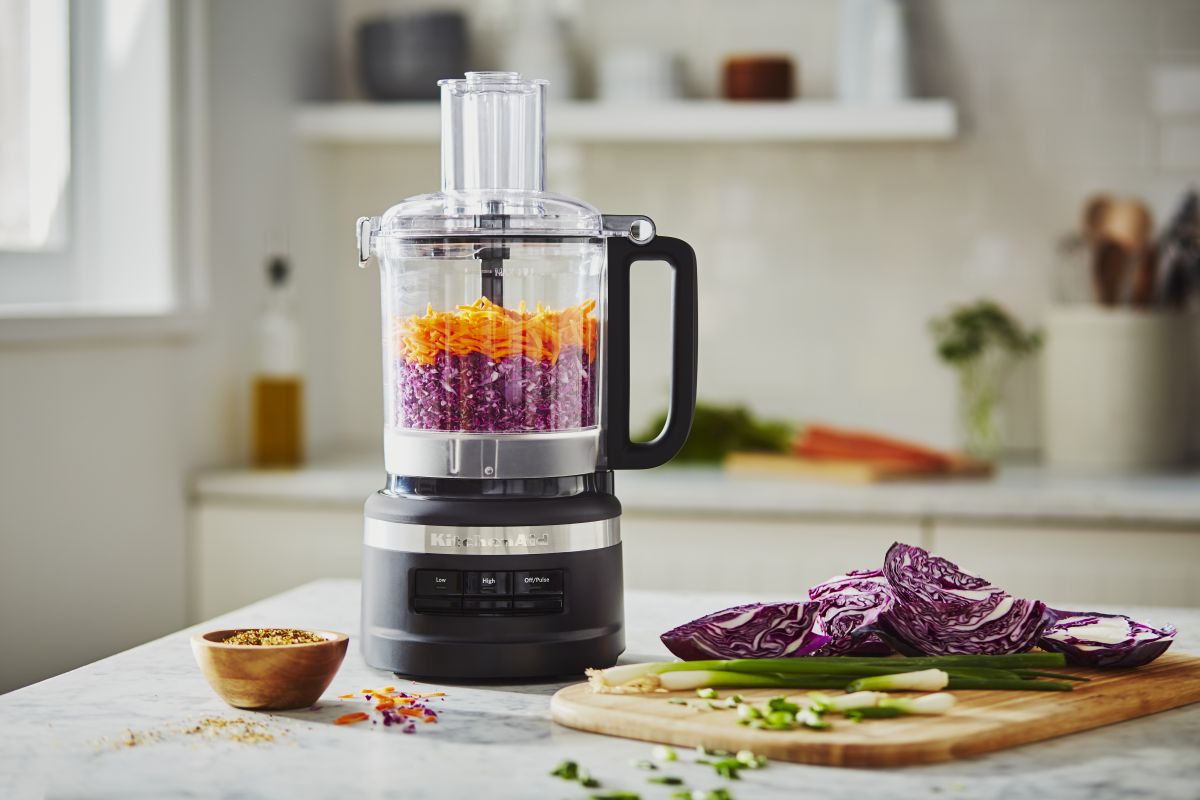


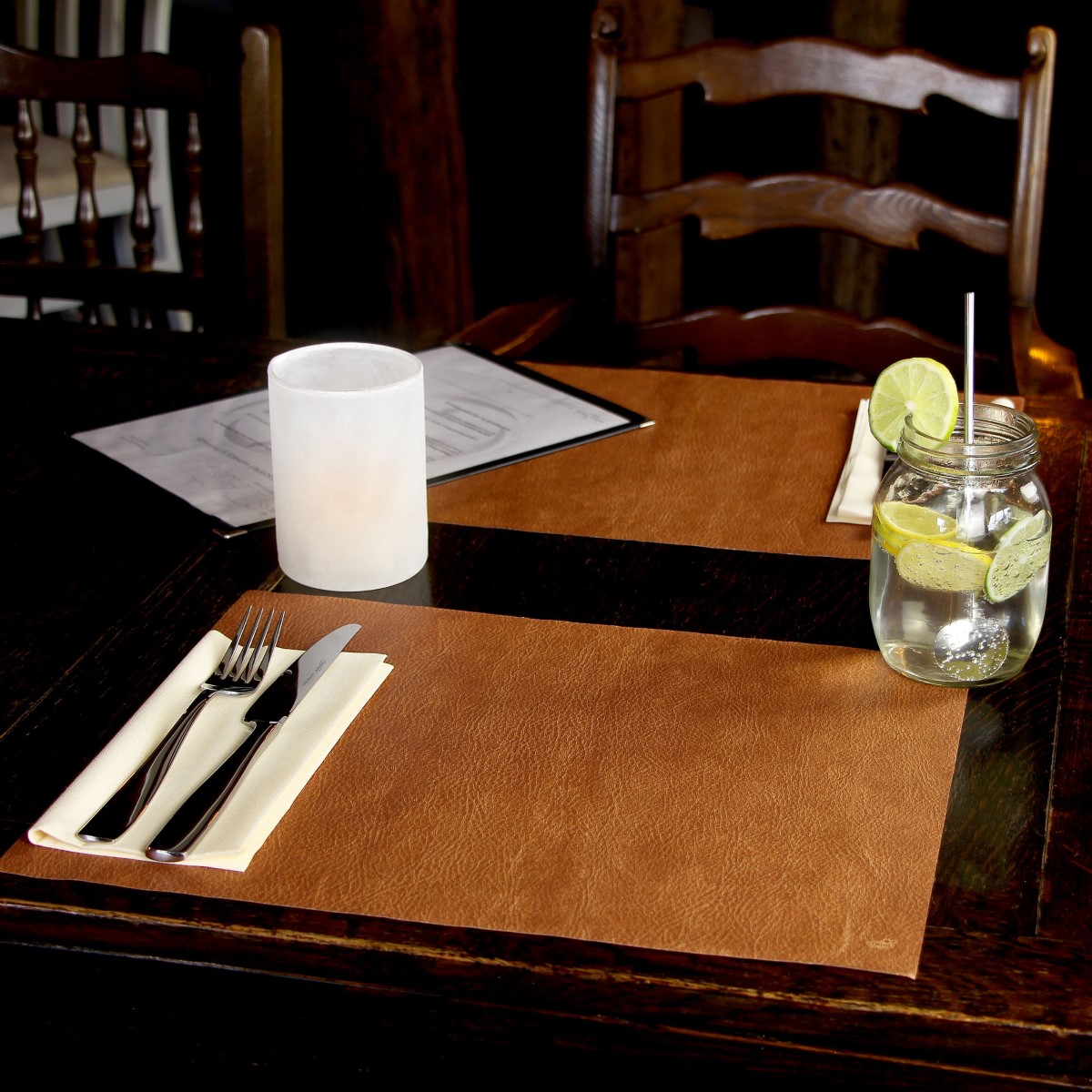





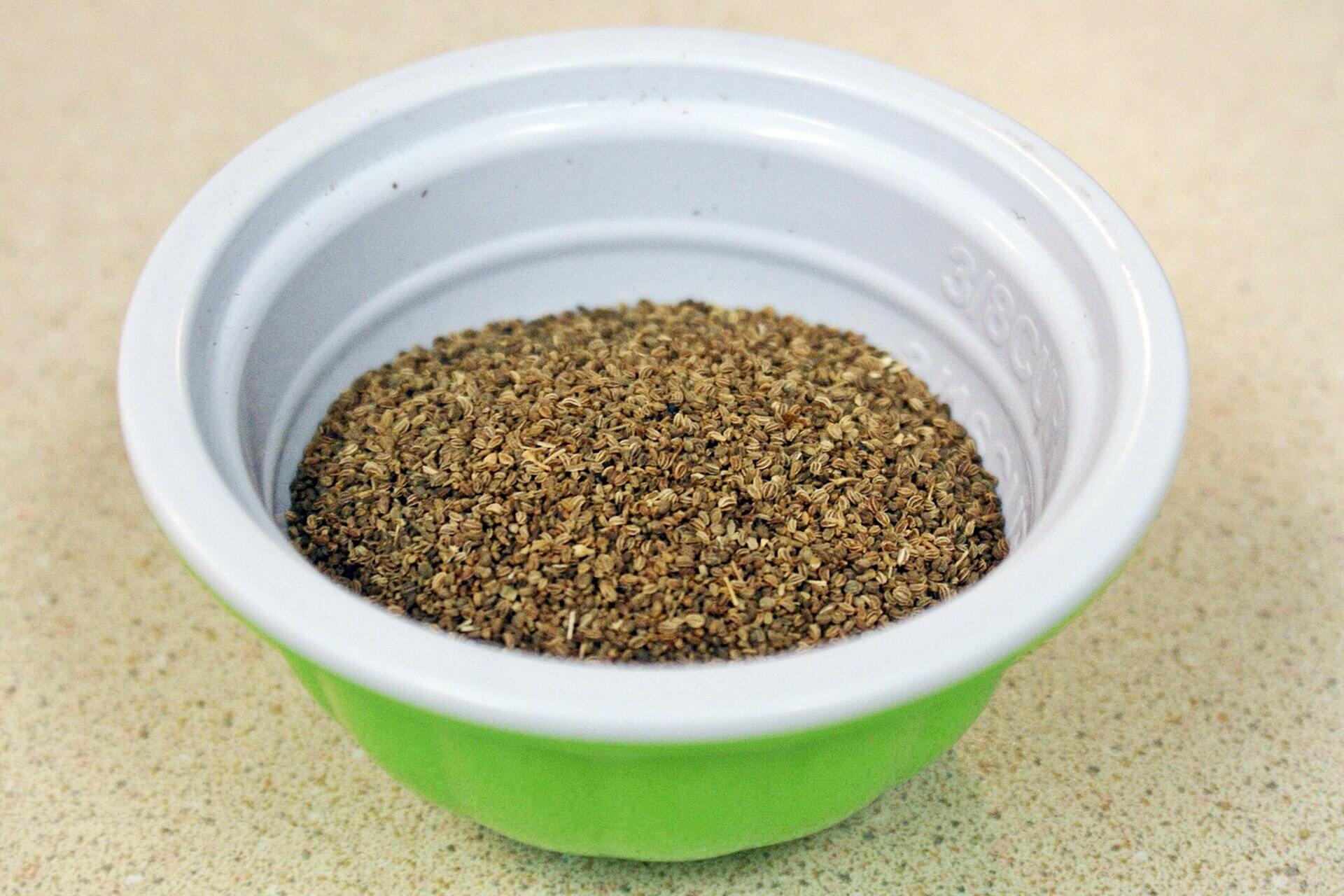

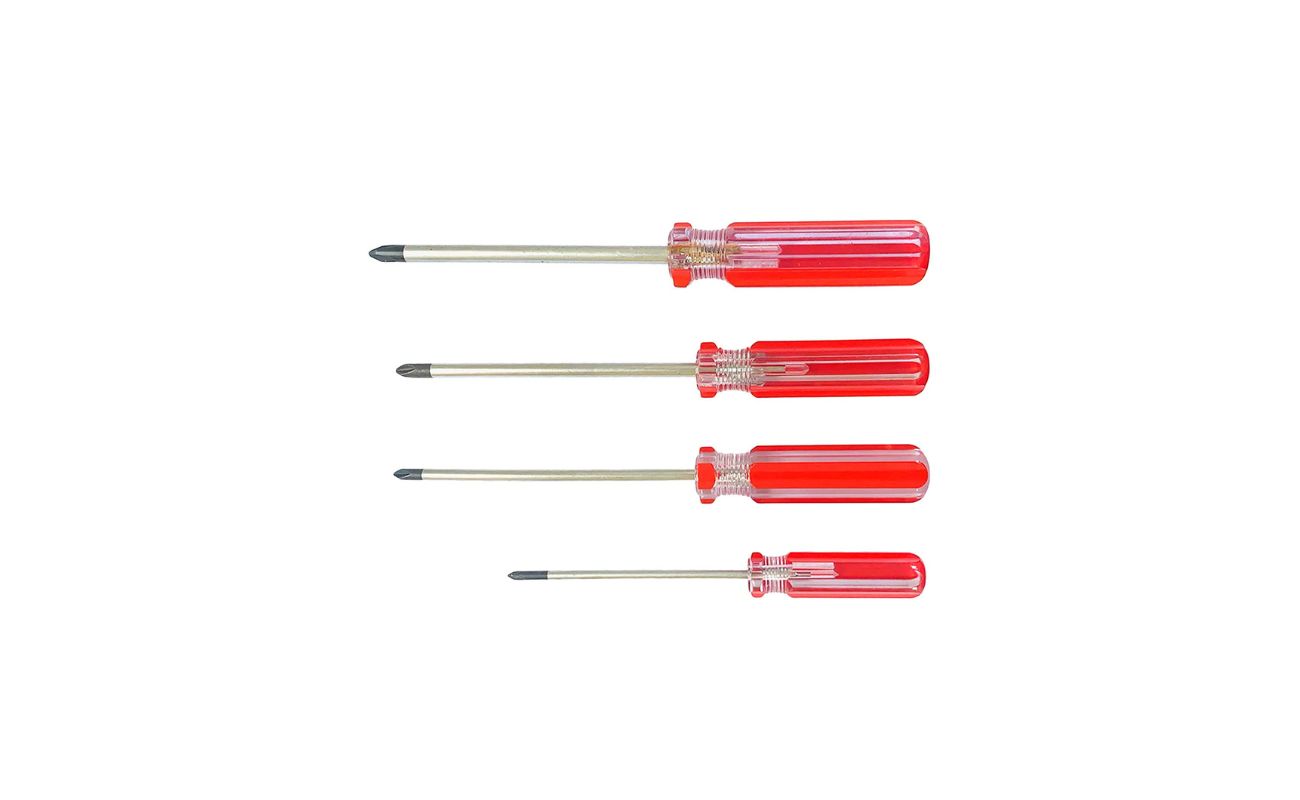
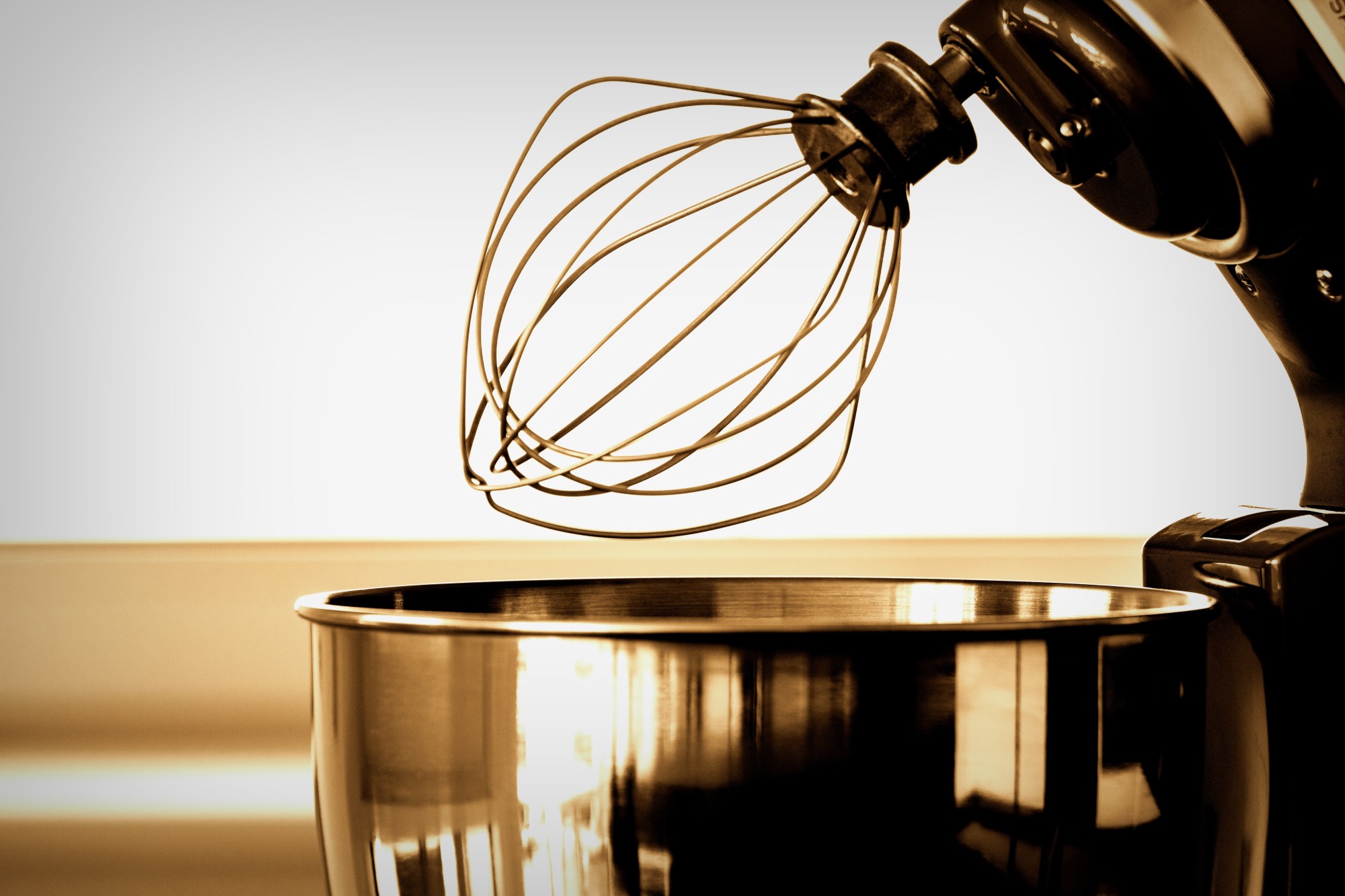

0 thoughts on “What Can I Use Instead Of A Food Processor”